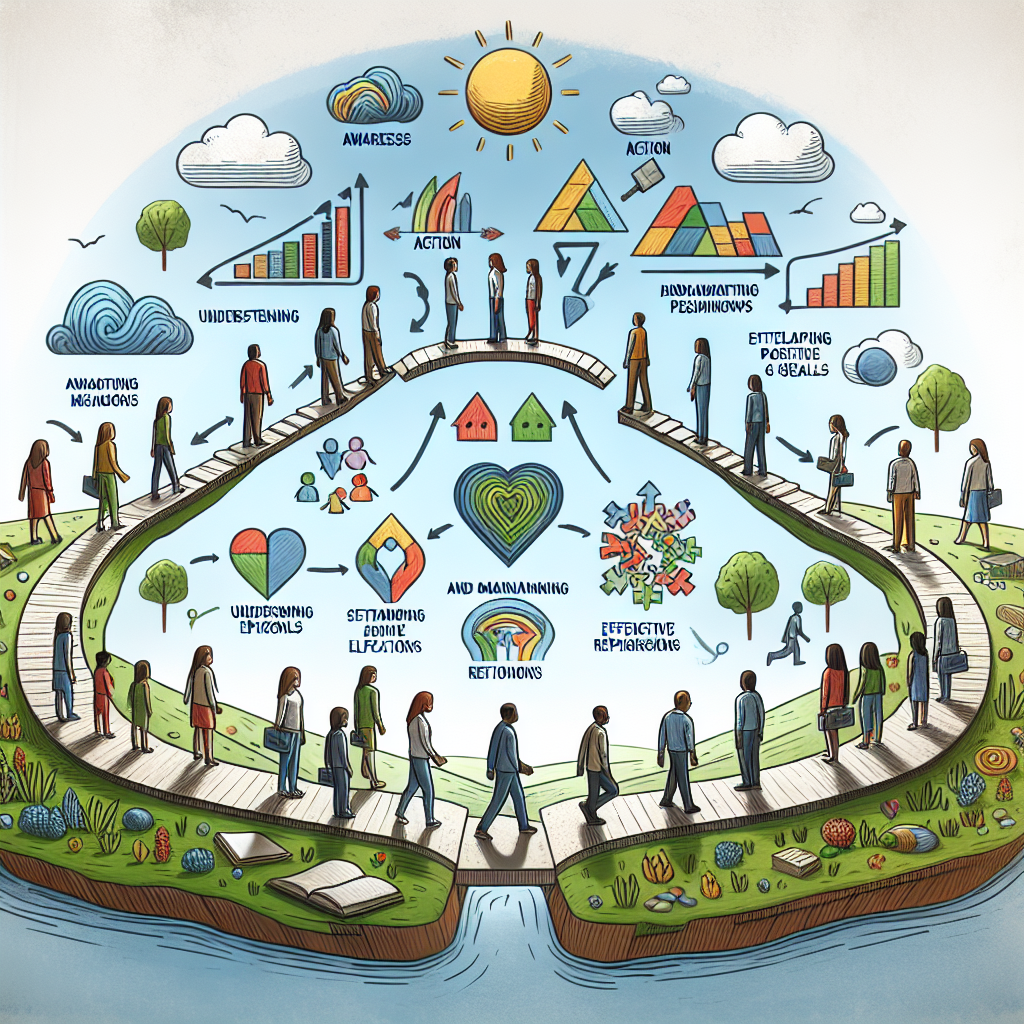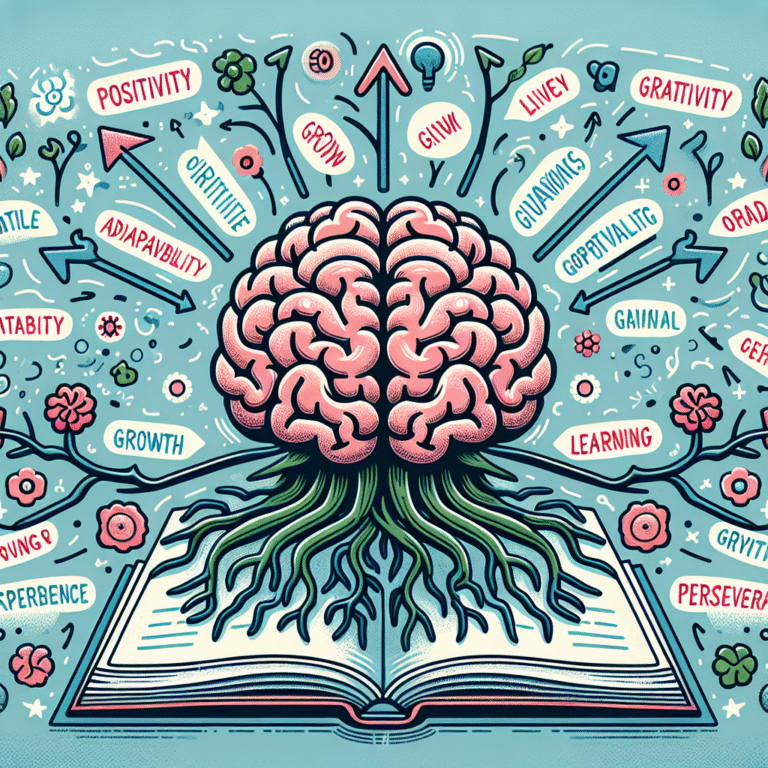
Introduction
In an age where educational standards emphasize not just academic success but also emotional and social development, Social Emotional Learning (SEL) has emerged as a cornerstone of effective educational practices. When we talk about "From Awareness to Action: Implementing Effective SEL Programs," we reference a transition that educators, school administrators, and policymakers must undergo to create nurturing environments where students can thrive socially and emotionally. The importance of this transition is palpable, as SEL not only influences academic performance but also shapes the future of a generation.
Imagine a classroom where students not only excel in mathematics but also express empathy, handle conflict gracefully, and collaborate seamlessly with peers. As we delve deeper into the structure and implementation of effective SEL programs, we highlight how awareness transforms into actionable strategies that foster a holistic development approach.
Understanding SEL: Foundations and Significance
Social Emotional Learning encompasses a wide range of competencies, including self-awareness, self-management, social awareness, relationship skills, and responsible decision-making. These elements are pivotal in guiding students toward becoming not only academic achievers but also compassionate citizens.
Why SEL Matters
Here are some compelling statistics to illustrate SEL’s importance:
| Statistic | Source |
|---|---|
| Schools implementing SEL programs see a 11% increase in academic performance | Durlak et al. (2011) |
| 90% of teachers agree that SEL increases student engagement | Collaborative for Academic, Social, and Emotional Learning (CASEL) |
| Students with strong social-emotional skills are more likely to graduate high school | OECD (2015) |
As we discuss "From Awareness to Action: Implementing Effective SEL Programs," it’s crucial to understand this foundation. Implementing SEL is not merely an educational trend; it’s a necessity backed by research and experience.
Steps to Implement Effective SEL Programs
Assessing Current Practices
Before launching into a new SEL initiative, schools must first assess their existing practices. Questions schools should consider include:
- What social-emotional initiatives are already in place?
- Are teachers adequately trained in SEL?
- How do students perceive their social-emotional environment?
Conducting surveys or focus groups can provide valuable insights.
Setting Clear Objectives
Next, schools must establish clear objectives that resonate with all stakeholders, including administrators, teachers, parents, and students. Effective SEL programs are tailored to meet the unique needs of the student body.
For example, a school that serves a high-needs population might prioritize trauma-informed practices and resilience building, while a school with a more diverse population might focus on multicultural understanding and collaboration.
Integrating SEL with Academic Goals
In moving from awareness to action, it’s essential to weave SEL into the academic fabric of the school. This means incorporating SEL skills into the curriculum, ensuring that subjects like literature, science, and math also promote teamwork and emotional intelligence.
Case Study: El Paso Independent School District
In a significant effort to address the needs of its students, the El Paso Independent School District revamped its curriculum to include SEL objectives. By integrating emotional literacy into existing lessons and fostering a supportive environment, the district saw improved academic outcomes and decreased disciplinary actions.
Analysis: This case study emphasizes how embedding SEL into academic goals can enhance overall educational experiences and outcomes, demonstrating the transformative potential of "From Awareness to Action: Implementing Effective SEL Programs."
Professional Development for Educators
A pivotal element in transitioning from awareness to action is adequately preparing educators. Training sessions should focus not just on SEL concepts but also on practical applications, allowing teachers to develop the necessary skills to foster a supportive classroom.
Engaging Families and Communities
Bringing families and the community into the discussion is vital. Parent workshops and community engagement initiatives can bolster the effectiveness of SEL programs. When families understand and participate in SEL, the impact on students multiplies.
Assessing Progress and Evolving the Program
After implementing SEL, it’s essential to continuously assess the program’s effectiveness. Surveys, feedback loops, and academic performance metrics can help gauge success and highlight areas for improvement.
Tools and Resources for Implementation
To effectively transition "From Awareness to Action: Implementing Effective SEL Programs," several resources and tools can facilitate the journey.
SEL Frameworks and Curricula
- CASEL Framework: This is a renowned methodology for integrating SEL across all aspects of school life, offering clear indicators of effective practices.
- Second Step: A comprehensive and evidence-based SEL curriculum targeting early childhood through middle school.
Digital Tools for SEL
Interactive platforms like ClassDojo or Mind Yeti offer resources tailored for nurturing social-emotional competencies, supporting teachers and parents alike.
| Resource | Description |
|---|---|
| CASEL Framework | A guide to comprehensive SEL practices |
| Second Step | Curriculum for K-8 SEL education |
| Mind Yeti | Digital resources for SEL |
These tools exemplify how digital solutions can bolster "From Awareness to Action: Implementing Effective SEL Programs," facilitating engagement and accessibility.
Measuring the Impact of SEL Programs
Qualitative and Quantitative Metrics
Monitoring the success of SEL initiatives incorporates both outcome measures (standardized test scores, attendance records) and process measures (student and teacher feedback).
Long-term Effects
Research indicates that comprehensive SEL programs lead to positive long-term outcomes, including better mental health, fewer behavioral issues, and increased academic performance.
Conclusion
Transforming "From Awareness to Action: Implementing Effective SEL Programs" is a journey that requires vision, commitment, and collaboration. As we’ve explored, the benefits are vast, impacting not only individual students but also classrooms, schools, and communities. The time for action is now; educators, parents, and policymakers must come together to create environments where students can learn, grow, and succeed emotionally and academically.
Call to Action
If you are an educator or an administrator, take the first step today. Assess your current practices, set clear objectives, and engage your community. Together, we can pioneer effective SEL programs that will resonate for generations.
FAQs About Implementing SEL Programs
1. What is SEL, and why is it important?
SEL stands for Social Emotional Learning. It is crucial because it equips students with essential skills for emotional intelligence, relationship building, and responsible decision-making—skills necessary for success both in school and in life.
2. How can we assess the effectiveness of SEL programs?
Assess effectiveness through surveys, academic performance metrics, and feedback from educators, parents, and students. Regular assessments help evolve and improve programs.
3. Can SEL be integrated into academic curricula?
Absolutely! Effective SEL programs are integrated within existing subject areas, enhancing both emotional and academic learning.
4. What resources are available for implementing SEL programs?
Resources such as the CASEL Framework and Second Step curriculum provide guidelines and materials to facilitate SEL integration in schools.
5. How do I engage parents and the community in SEL initiatives?
Host workshops, create informational materials, and encourage open communication regarding SEL practices. Involvement from parents and the community is crucial for the program’s long-term success.
This journey from awareness to action is more than just an educational process; it’s a commitment to nurturing the emotional and social fabric of future generations. Together, let’s ensure that every student not only learns but also flourishes.















